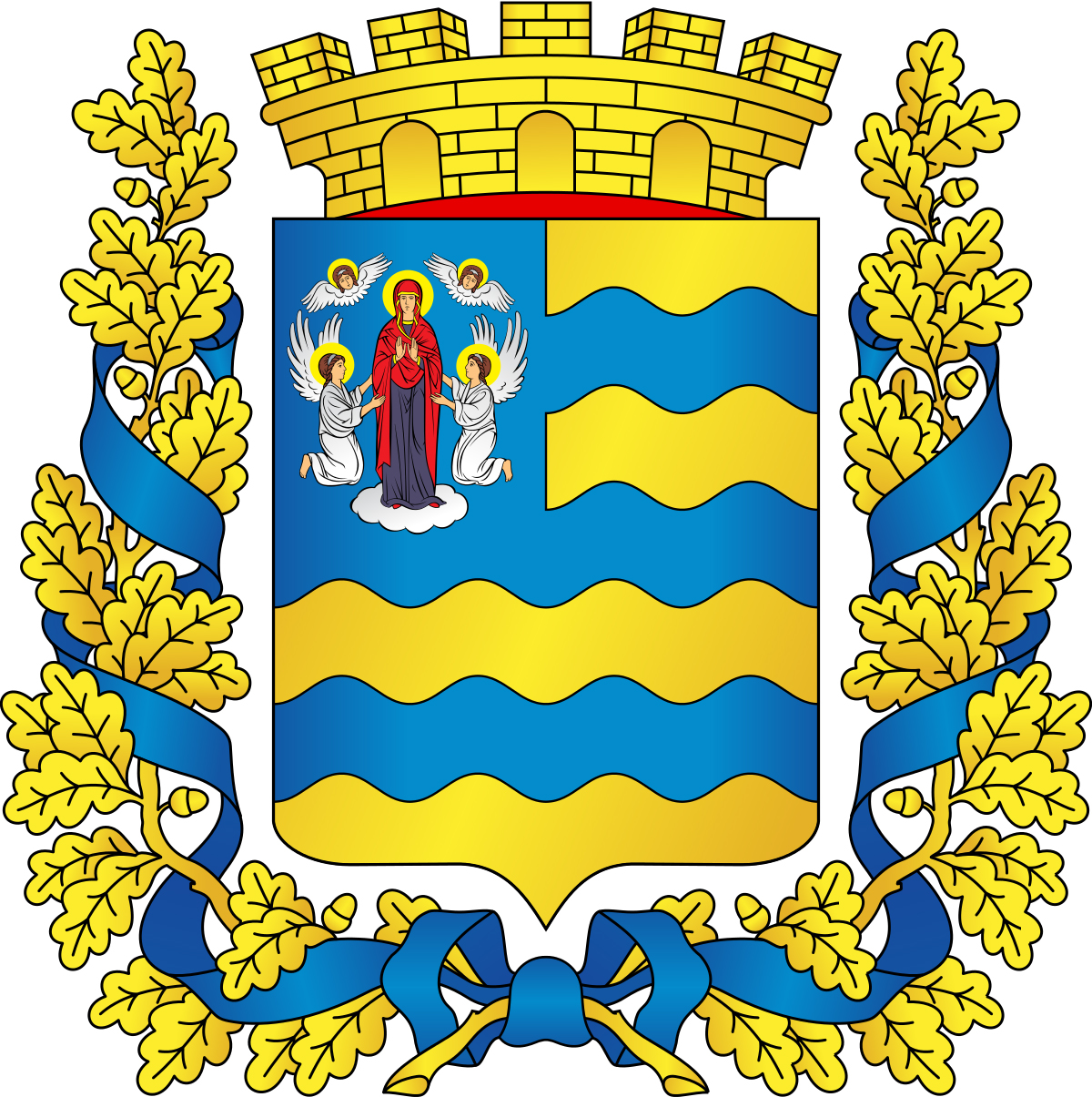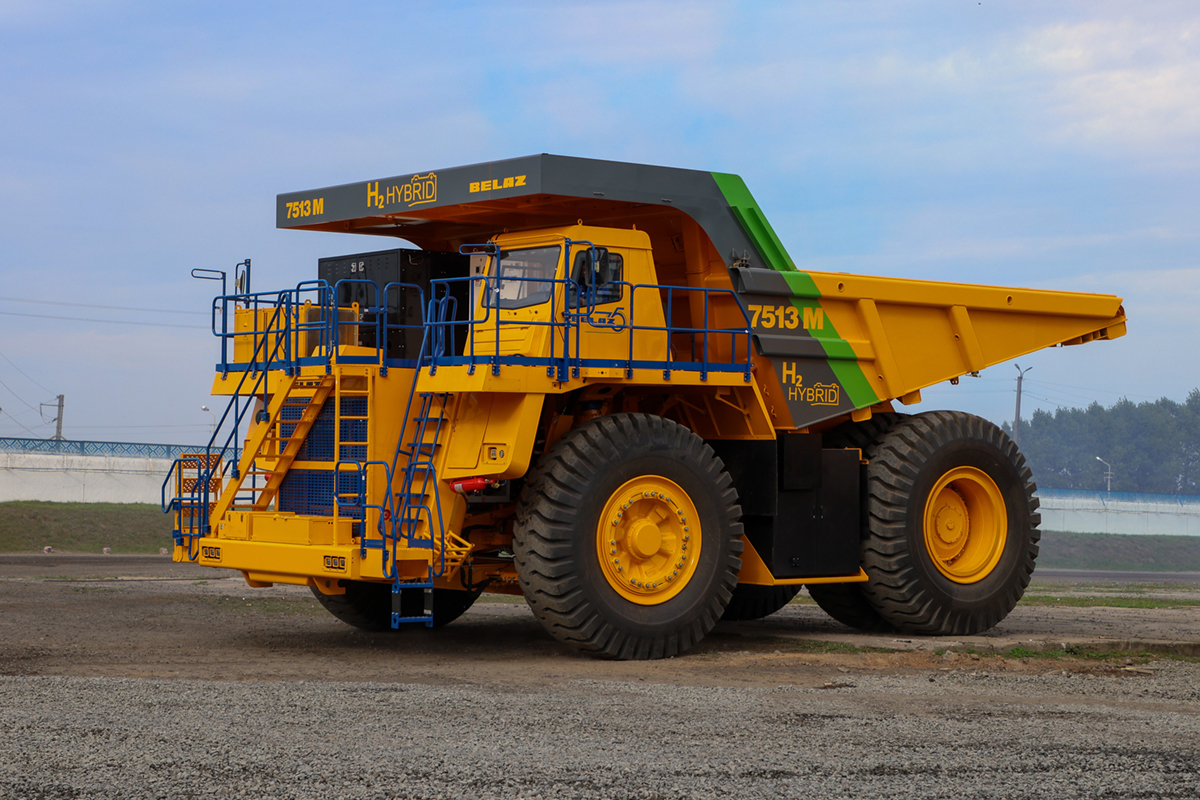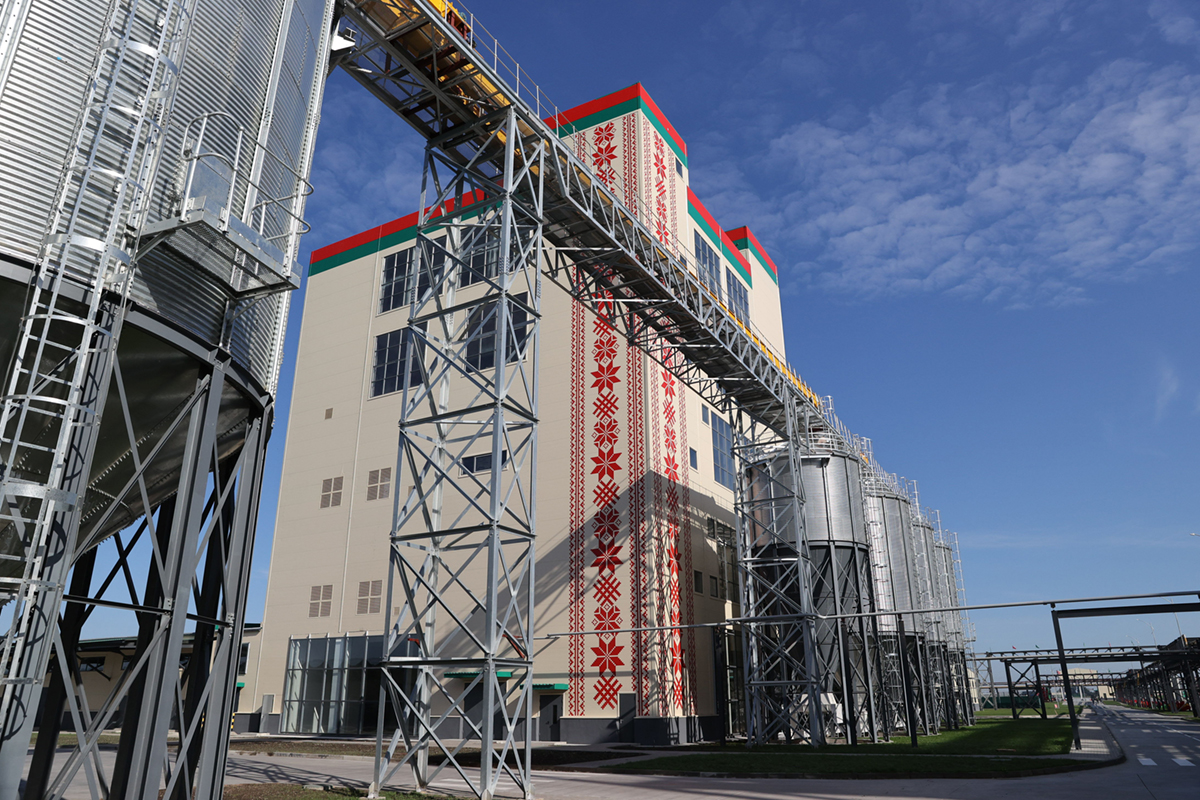Belarusian Land Treasures. Minsk Region

The Republic of Belarus is located in the centre of Europe and is one of the 15 largest countries in this part of the world. Belarus is often called a ‘blue-eyed country’: there are thousands of lakes, rivers and protected forests. But the country is interesting not only for its unique nature. Each region of Belarus has its own modern industrial giants, amazing historical sites and sights. Belarus consists of six regions: Brest, Vitebsk, Gomel, Grodno, Minsk and Mogilev. The MT presents the project called Belarusian Land Treasures and invites readers on an exciting journey. Minsk Region is the central and largest region of Belarus with a rich history and powerful industry. Landmarks of the Minsk Region: BELAZ, Nesvizh Castle, Logoisk and Silichi ski resorts. The Khatyn Memorial Complex is also world famous — a symbol of the unconquered spirit and a tribute to the memory of those who died during the Great Patriotic War. And the events of 1812 near the village of Studenka on the territory of the present Minsk Region, where the Napoleonic army was finally defeated when crossing the Berezina River, enriched the French language with the expression C’est la Bérézina (This is the Berezina), which became a metaphor for complete failure or disaster.
 Khatyn Memorial Complex
Khatyn Memorial Complex
The President of Belarus,
Aleksandr Lukashenko,
“Minsk Region is a region that is called the heart of Belarus. It has great investment
and production potential for development, firmly holding a leading position in agricultural production, successfully developing industry and implementing time-demanded large-scale projects, including the Industrial Park Great Stone and the Belarusian National Biotechnology Corporation... The cultural life of the region is multifaceted. The region is famous for its architectural monuments, museums, and vibrant festivals. The Minsk Region has given the world many famous people, including the luminaries of Belarusian literature, distinguished writers Yanka Kupala and Yakub Kolas.”
From the congratulations of the Head of State
on January 15th, 2023
Aleksandr Lukashenko,
“Minsk Region is a region that is called the heart of Belarus. It has great investment
and production potential for development, firmly holding a leading position in agricultural production, successfully developing industry and implementing time-demanded large-scale projects, including the Industrial Park Great Stone and the Belarusian National Biotechnology Corporation... The cultural life of the region is multifaceted. The region is famous for its architectural monuments, museums, and vibrant festivals. The Minsk Region has given the world many famous people, including the luminaries of Belarusian literature, distinguished writers Yanka Kupala and Yakub Kolas.”
From the congratulations of the Head of State
on January 15th, 2023
Historical insight, interesting facts
The initial settlement of the territory of the Minsk Region, as well as the whole of Belarus, occurred over a long period from 300 to 40 thousand years ago.In the 12th century, the Primary Chronicle recorded the settlement of the territory of the modern Minsk Region by Slavic tribes.
The oldest cities in the Minsk Region: Zaslavl (originally Izyaslavl, 985), Logoisk (1078), Borisov (1102), Slutsk (1116), Kletsk (1127), Kopyl (1274).
For several centuries, the glory of the Minsk land was increased by representatives of many noble families — the Radziwills, Sapiehas, Tyshkeviches, Oginskis, Prushinskis, Vankoviches, Elskis, Chapskis. One of the national relics of the Belarusians, a highly artistic example of decorative and applied art, which has become an integral symbol of Belarus, goes back to the origins of the culture of the region — the Slutsk belts.
 Mound of Glory Memorial Coplex
Mound of Glory Memorial Coplex Geographical position and population
Minsk Region is the central region. Its area is about 40 thousand square metres.It is on the territory of the Minsk Region that the geographical centre of Belarus is located near Maryina Gorka, and the highest point of the country — Dzerzhinskaya Mountain (345 m), and the 900-metre mines of Soligorsk.
The region’s topography is varied: hills alternate with plains and lowlands.
The number of residents of the Minsk Region as of January 1st, 2023 is 1,462,021 people. The region’s major cities are Borisov (136,409 people), Soligorsk (98,590 people), Molodechno (89,268 people), Zhodino (64,000 people) and Slutsk (60,376 people).
Economic development
Minsk Region is a region with highly developed industrial and agricultural potential.There are more than 4,000 industrial organisations in the Minsk Region; they produce a fifth of the republican volume of industrial products. Potash fertilisers, passenger cars, mining dump trucks, building materials, electronics, furniture, tanned and dressed leather and much more are produced here.
A significant share of industry is concentrated in five cities: Soligorsk, Borisov, Zhodino, Slutsk, Molodechno.
Widely known brands — Belaruskali, BELAZ, the managing company of the holding company BELAZ, Slutsk Cheese-Making Plant, Gorodeya Sugar Refinery, Slutsk Sugar Refinery Plant, Borisov Plant of Medical Preparations, Belarusian Biotechnology Corporation, BelGee, AluminTechno.
Minsk Region is the largest agricultural region in Belarus. In most areas, meat and dairy farming, poultry farming, and the production of grain, potatoes, flax, sugar beets, vegetables and fruits are developed.
 In the mine of Belaruskali
In the mine of Belaruskali  New BELAZ 7513M hydrogen fuel dump truck
New BELAZ 7513M hydrogen fuel dump truck  Belarusian National Biotechnology Corporation
Belarusian National Biotechnology Corporation  BelGee
BelGee Among the leading agricultural enterprises in the Minsk Region are the Agrokombinat Snov, Agrokombinat Dzerzhinsky, Agrokombinat Zhdanovichi, Ozeritsky-Agro, Veliky Dvor, Gorodeya, Gastellovskoe, Raps.
 Cheeses of the Slutsk Cheese-Making Plant
Cheeses of the Slutsk Cheese-Making Plant In 1998, the Minsk FEZ was formed, which includes areas both in the city of Minsk and in the Minsk Region.
The China-Belarus Industrial Park Great Stone is located on the territory of the region. This is the largest project in the history of bilateral relations between Belarus and China, one of the key platforms of the Silk Road Economic Belt — a grandiose cooperation initiative.
 China-Belarus Industrial Park Great Stone
China-Belarus Industrial Park Great Stone The country’s main air harbour, Minsk National Airport, operates near the city of Smolevichi.
 Minsk National Airport
Minsk National Airport Natural wealth and mineral resources
Minsk Region ranks second in the country in terms of the number of reservoirs and watercourses. The watershed between the rivers of the Baltic and Black Seas — the Neman River and the Dnieper River — runs through the territory of the Minsk Region. There are 599 rivers flowing through the region. The Neman River and the Berezina River belong to the category of large rivers, while the Viliya River, the Ptich River and the Svisloch River refer to the category of medium rivers.There are 194 lakes in the region. The largest are Naroch Lake, Svir Lake, Myadel Lake, Selyava Lake, Myastro Lake. Most lakes are of glacial origin.
 Naroch Lake
Naroch Lake Almost 40 percent of the territory of the Minsk Region is covered with forests. Within the Minsk Region there are: part of the Berezinsky Biosphere Reserve, which has been given international status, the Narochansky National Park and a number of specially protected natural areas of republican significance.
Minsk land is rich in such minerals as potassium and rock salts, peat, clay, sapropels, sand and gravel materials, iron ore, oil shale, mineral water and others.
Culture and main attractions
The capital region of Belarus is rich in monuments that reflect all the milestones of its centuries-old history. The State List of Historical and Cultural Values includes 680 objects. Including a landmark object of world significance — Architectural, Residential and Cultural Complex of the Radziwill Family at Nesvizh as part of the palace and park ensemble and the complex of the former Jesuit monastery of the 16th-19th centuries, which is included in the UNESCO World Cultural and Natural HeritageList. Other famous architectural and historical monuments include the complex of the former Bernardine monastery of the 18th century in the agro-town of Budslav, Myadel District, palace and park ensembles of the 18th-19th centuries in the village of Stankovo, Dzerzhinsky District and the agro-town of Priluki, Minsk Region, associated with the count family of Chapsky. As well as the Church of St. Joseph and the Tyszkiewicz Palace and Park Ensemble of the 18th-19th centuries in Volozhin. Nesvizh Castle
Nesvizh Castle You can also touch history in the Minsk Region at the Belarusian State Museum of Folk Architecture and Life in the village of Ozertso near the capital, the Museum of Belarusian Folk Art in Raubichi, and the Dudutki Museum Complex of Ancient Folk Crafts.
 Open-air Museum of Folk Architecture and Life in the village of Ozertso — centre of folk culture
Open-air Museum of Folk Architecture and Life in the village of Ozertso — centre of folk culture In the Minsk Region, original traditions are still alive. And the Carol Tsars Christmas rite (village of Semezhevo, Kopyl District) and the Budslav Fest, a celebration in honour of the veneration of the image of the Mother of God of Budslav (the agro-town of Budslav, Myadel District) are included in the UNESCO List of Intangible Cultural Heritage.




